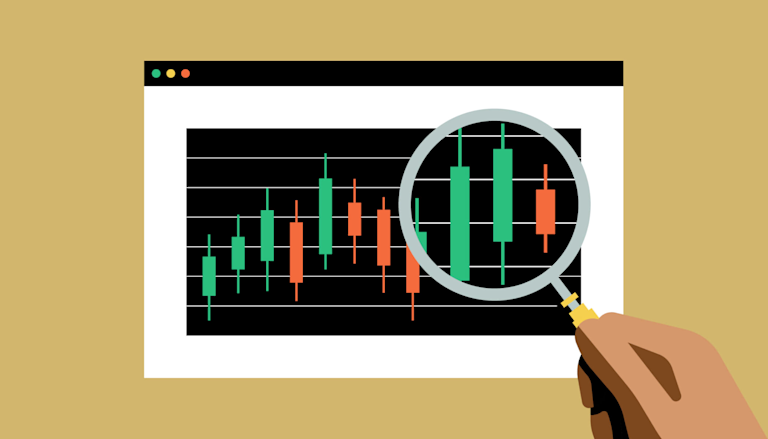
Understanding the Dynamics of Crypto Trading Systems
In the fast-paced world of cryptocurrency, Crypto Trading Systems visit website trading systems have emerged as indispensable tools for investors and traders. These systems serve various purposes, including automating trading processes, implementing risk management strategies, and providing real-time market analysis. With the proliferation of cryptocurrencies and the complexity of trading environments, understanding how these systems work and how to utilize them effectively is crucial.
The Importance of Crypto Trading Systems
Crypto trading systems are essential for both novice and experienced traders. They enable users to make informed trading decisions based on data analysis, technical indicators, and market sentiment. The highly volatile nature of the crypto market necessitates a structured approach to trading, which is where these systems come into play.
Types of Crypto Trading Systems
There are several types of crypto trading systems, each with its own advantages and features. Some of the most common types include:
1. Automated Trading Systems
Automated trading systems, also known as algorithmic trading systems, execute trades automatically based on predefined criteria. These systems analyze market data, identify patterns, and make buy or sell orders without human intervention. Automated systems are beneficial for those who wish to take a hands-off approach to trading.
2. High-Frequency Trading Systems
High-frequency trading (HFT) involves executing numerous orders at extremely high speeds. HFT systems leverage sophisticated algorithms to capitalize on small price movements within the market. While this type of system requires significant technological investment, it can yield substantial returns for those with the resources to implement it.
3. Trend Following Systems
Trend following systems focus on identifying and tracking existing market trends. These systems often use technical indicators to determine market trends, such as moving averages or momentum indicators. Traders using trend-following systems aim to profit from the momentum of a security rather than trying to predict market reversals.
4. Arbitrage Trading Systems
Arbitrage trading systems exploit price discrepancies across different exchanges. For example, if a cryptocurrency is priced lower on one exchange than another, the system can buy on the cheaper platform and sell on the more expensive one, capitalizing on the difference. This requires quick execution and can often be automated to maximize efficiency.
Choosing the Right Crypto Trading System
With numerous crypto trading systems available, selecting the right one can be challenging. Here are some factors to consider when choosing a system:
1. Trading Goals
Before selecting a trading system, it’s essential to define your trading goals. Are you looking for long-term investments, or do you prefer short-term trading? Your objectives will influence your choice of system.

2. Risk Tolerance
Different trading systems come with varying levels of risk. Assess your risk tolerance and select a system that aligns with your comfort level. For instance, automated and high-frequency trading systems may involve higher risks compared to trend-following systems.
3. User Experience
The user interface and overall experience of the trading system play a crucial role in its effectiveness. Look for systems that offer intuitive design and customizable features, allowing you to tailor the platform to meet your trading needs.
4. Backtesting Capabilities
Strong backtesting capabilities are vital for evaluating a trading system’s historical performance. Ensure that the system you choose allows for extensive backtesting to assess its effectiveness under various market conditions.
5. Support and Community
Consider the level of customer support and the community around the trading system. A robust community can provide valuable insights, tips, and shared experiences, helping you enhance your trading strategies.
Key Features of Effective Crypto Trading Systems
To ensure the success of your trading activities, effective crypto trading systems often share the following key features:
1. Real-Time Data Analysis
Effective trading systems provide real-time data analysis tools that help traders make informed decisions quickly. Look for systems that offer live price feeds, market news, and technical indicators.
2. Customizable Alerts
The ability to set customizable alerts for specific market conditions, price movements, or technical signals is crucial. This feature allows traders to respond swiftly to market changes without constantly monitoring the market.
3. Security Features
Given the risks associated with cryptocurrency trading, robust security measures are a must. Ensure the trading system employs industry-standard encryption and security protocols to protect your funds and personal information.
4. Integration with Exchanges
For seamless trading experiences, the system should integrate smoothly with various cryptocurrency exchanges. This enables users to execute trades across platforms without encountering significant delays.
Conclusion
As the cryptocurrency market continues to expand, crypto trading systems will play an increasingly vital role in the trading strategies of individuals and institutions alike. By understanding the types of systems available, their key features, and how to choose the right one, traders can elevate their trading experience and enhance their chances of success. Whether you are an experienced trader or just starting, leveraging the power of a crypto trading system can make a significant difference in your trading outcomes.
Najnowsze komentarze